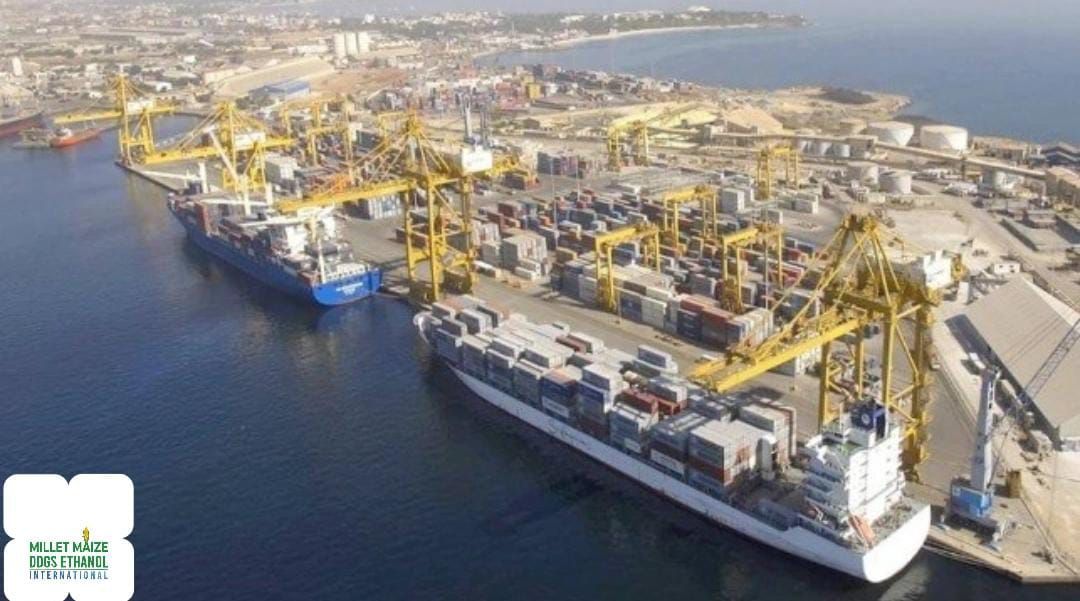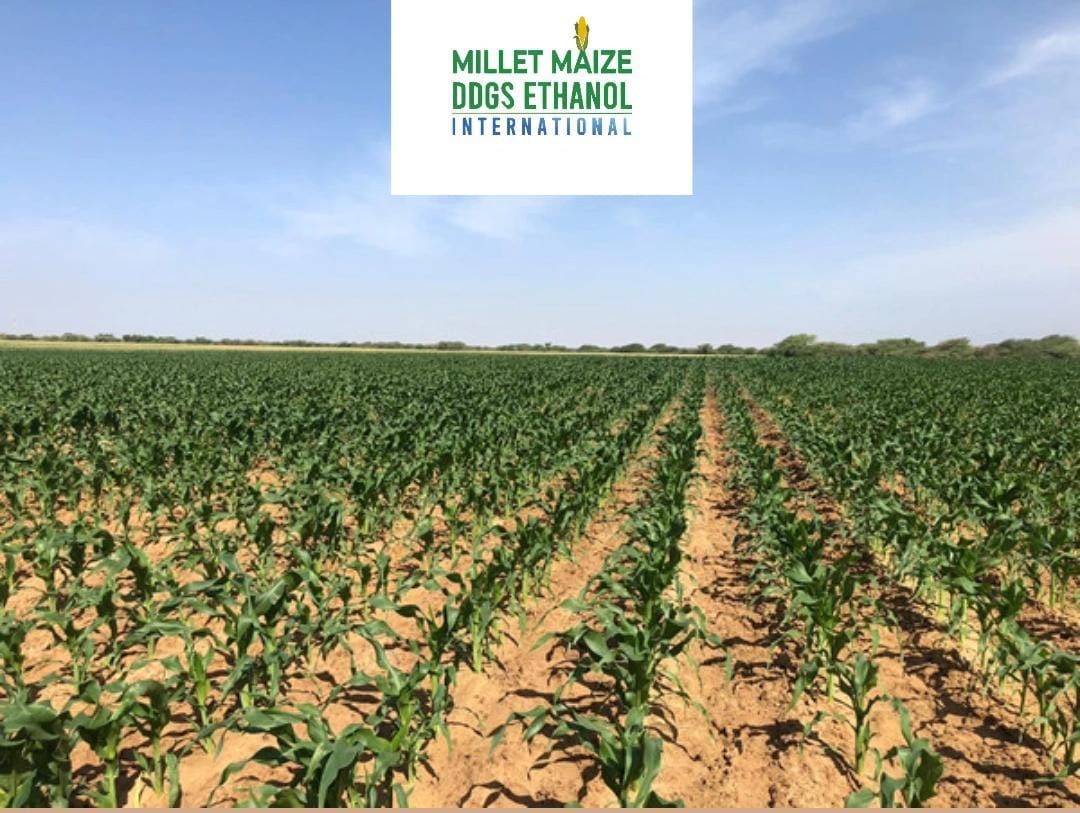mmdeinternational.com - 🌽 Senegal Eyes Strong Maize Comeback in 2025/2026 Season 📈🇸🇳

Senegal’s maize (corn) sector suffered a setback in the 2024/25 season. Cultivation area dropped 4.3 % to around 164,906 hectares, while output fell 12.7 % to 495,571 tonnes.At the same time, imports rose sharply — by 19 % in 2024 to 512,740 tonnes — highlighting the country’s increasing reliance on foreign maize to meet domestic demand. Maize ranks third among Senegal’s cereals (after rice and millet) in both cultivation and consumption — meaning its performance matters for food security and feed supply.
For the upcoming 2025/26 season, the outlook is significantly more positive:
The national industry body Interprofession Maïs (IMAIS) reports farmers have expanded planting areas and visited fields in key regions (Kaolack, Kaffrine, Sédhiou, Kolda, Tambacounda, Kédougou) where maize crops are “performing very well”.
The government has stepped up support: allocated a “record” agricultural budget, prioritised hybrid maize seed distribution, and subsidised inputs (fertilizers, seeds) to strengthen productivity. A partnership initiative with Turkey: A 500‑hectare model maize farm is being developed in Senegal to produce certified high‑yield seeds, train farmers in modern methods and raise yields toward 5 tonnes/ha.
Implications & Key Objectives
Reduced import dependency: With production previously lagging, Senegal’s maize imports have climbed (59 % increase from 2020 to 2024) which puts pressure on foreign exchange and trade balance. A successful rebound in 2025/26 would help ease this vulnerability.
Strengthened food & feed security: Maize is used not just for human consumption but increasingly for poultry/feed sectors. Boosting domestic maize output helps stabilise local markets, supports rural livelihoods, and buffers supply shocks.
Yield improvement drive: Though current average yields stand around ~3.3 t/ha (2023/24) in some reports, the target for improved sections is higher (5 t/ha or more, especially via improved seeds & irrigation).
Policy and investment momentum: The renewed focus, investment in inputs, and model‑farm approach reflect a broader agricultural transformation agenda in Senegal.
Risks & Considerations
Weather/climate vulnerability: Senegal’s agriculture is still exposed to rainfall variability, droughts, pest incidence etc., which could hamper maize recovery. (Research indicates maize yields are sensitive to evapotranspiration and soil temperature in some agro‑zones.) Input/access issues: The success of expanded area and better seed depends on timely delivery of fertilizers, quality seed, mechanisation, irrigation infrastructure. Any bottlenecks could limit yield gains.
However, success is contingent upon favourable weather, effective input roll‑out, and stable market conditions. The industry and policymakers will need to monitor progress closely to ensure that the potential recovery is realised and sustained.
